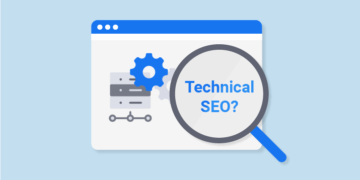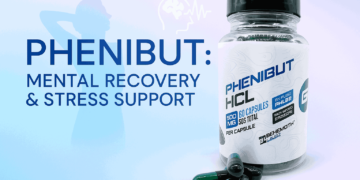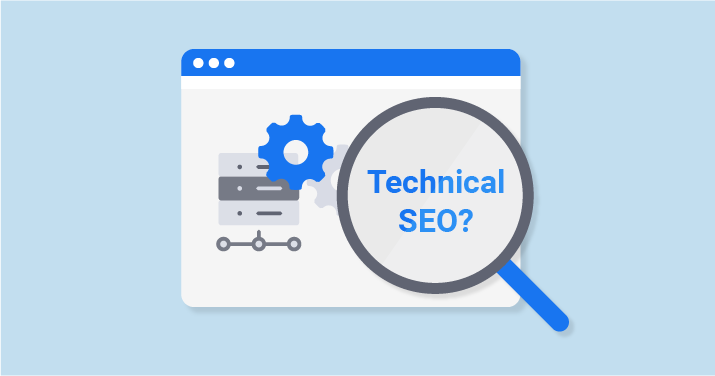Search is not a set of ten blue links anymore. People ask chat apps, voice tools, and AI sidebars for answers. Those systems still rely on the open web. They now send their own crawlers, collect facts, and show source links inside summaries.
That means your technical SEO must serve two masters at once. Classic bots still index pages. New AI agents scan content to ground answers and cite you. If your site blocks or hides key parts, you risk losing both reach and credit.
The good news is simple. Most technical basics still matter. A few new habits make a big difference. And that’s why I’ve written this article—to give you ideas on what changes you should make. Partnering with the right SEO service company can help implement these changes effectively without disrupting what already works.
New Crawlers, New Controls
AI agents behave like fast readers. They don’t go through all of the content slowly, they skim through it as fast as possible to get the information that they need. They fetch HTML, scan sections, and pick links to cite. Work with an SEO service company to map which agents to allow and which to block and then treat them like any other bot. Be clear about access and rate limits. Track their traffic so you can see real value.
A quick plan:
- List the AI agents you want to allow.
- Add rules in robots.txt for each one.
- Set crawl rate and path rules at the edge if needed.
- Watch logs to confirm they obey your rules.
Robots.txt and Preview Controls you Should Use
Robots.txt is still the front door. Keep it short, clean, and specific. Create groups for AI agents you allow. Deny agents that ignore rules. For preview control in search, use standard robots and snippet limits.
Robots.txt examples
Allow an AI search crawler to read public pages:
User-agent: OAI-SearchBot
Allow: /
Disallow: /admin/
Disallow: /cart/
Block a training bot from your site:
User-agent: GPTBot
Disallow: /
Limit another AI crawler to a safe folder:
User-agent: ClaudeBot
Allow: /blog/
Disallow: /
Block an aggressive meta-crawler:
User-agent: PerplexityBot
Disallow: /
Preview and snippet controls
Add page-level tags when you need less text in snippets or no listing at all:
- meta name=”robots” content=”max-snippet:120″ to cap preview length
- meta name=”robots” content=”nosnippet” to remove text previews
- meta name=”robots” content=”noindex” to remove a page from search
JavaScript, Rendering, and Content Chunking
Many AI crawlers do not run JavaScript. They read the first HTML only. If your key copy, FAQs, or prices load after hydration, those agents may miss them. Do this:
- Ensure the core answer is in server-rendered HTML.
- Use progressive enhancement. JS should enrich, not reveal basic facts.
- Avoid JS-only navigation to key pages.
- Render a simple HTML summary block near the top. Short, clear, and scannable.
Chunk your content for skimmability
- Use short paragraphs and clear subheads.
- Add lists for steps, pros, and cons.
- Include a one-sentence takeaway box near the top.
Sitemaps and Change Signals
AI agents discover through links and sitemaps. Keep sitemaps small, fresh, and split by type. Update lastmod on real changes. For fast discovery beyond classic crawling, enable change signals where supported. Submit fresh URLs after large updates. Remove dead URLs fast with 410 where correct.
Checklist:
- XML sitemaps under 50,000 URLs each
- Separate sitemaps for blog, products, docs
- Correct lastmod and proper HTTP status for removed pages
- Ping supported endpoints when you ship big batches
Structured Data and Tidy HTML
AI systems rely on facts they can parse. Clean HTML and well-matched structured data help both classic search and AI answers.
- Keep titles, headings, and body in sync.
- Only add schema that matches on-page text.
- Mark up products, FAQs, how-tos, and articles.
- Use descriptive alt text and captions.
- Add clear author and date info for trust.
Logs, Verification, and Spoofing Defense
Some bad actors spoof user agents. Do not rely on the string alone. Verify the hostname or IP where possible for major bots. Rate limit when you see spikes that add no value. If a bot ignores robots.txt, block by ASN or IP range at your edge. Keep a changelog of rules so the team knows why blocks exist.
Practical steps:
- Enable bot reporting in your CDN or WAF.
- Create alerts for sudden crawl bursts.
- Sample logs weekly to spot new agents.
- Test robots.txt changes in a staging path first.
Conclusion
Technical SEO has not vanished. It has expanded. Classic bots still index your site. New AI agents scan, ground, and cite. When your HTML is clear, your sitemaps are tidy, and your controls are explicit, you give both worlds what they need. Keep answers in the first HTML. Use robots.txt and preview rules with care. Verify who crawls you and set limits when needed.
Then measure the new referral paths that AI experiences create. Treat this as ongoing hygiene, not a one-time project. If you want a thinking partner for setup, tuning, and log reviews, an SEO service company like ResultFirst can help you build a simple, durable plan that fits your stack. Stay calm, stay fast, and let your site speak for itself in every search and every summary.






















